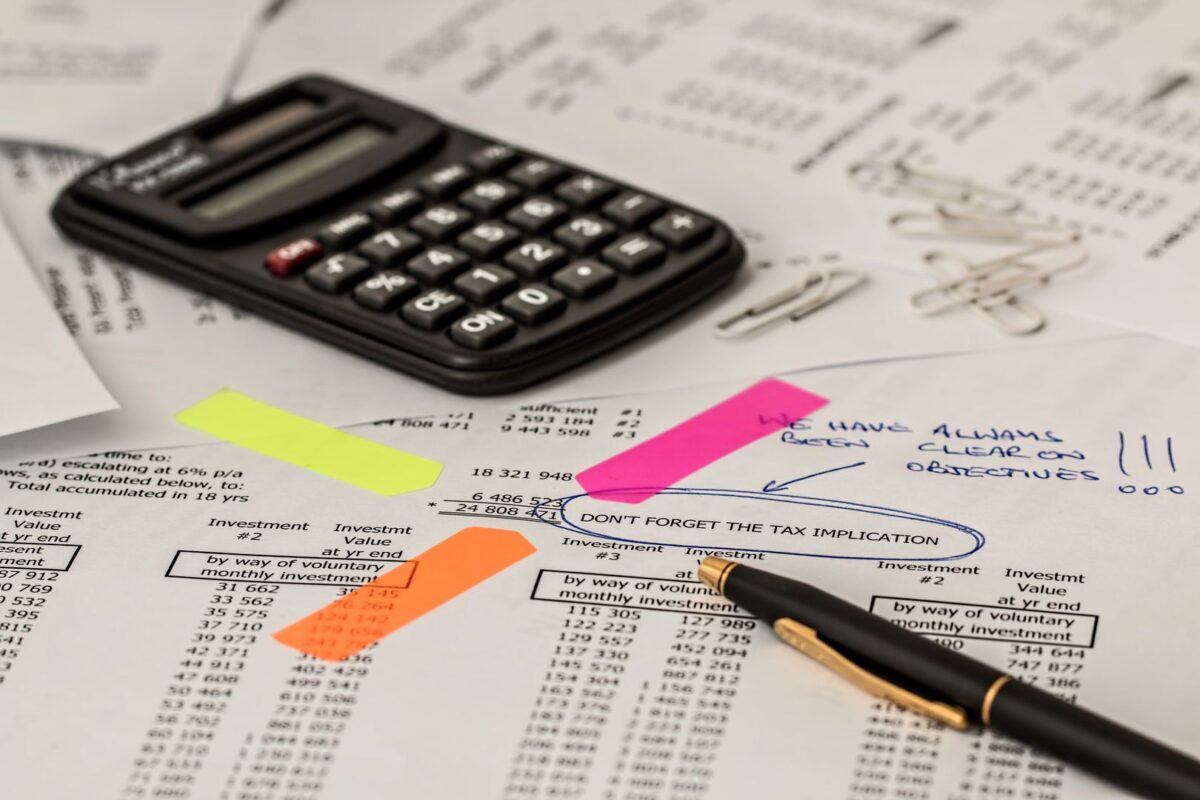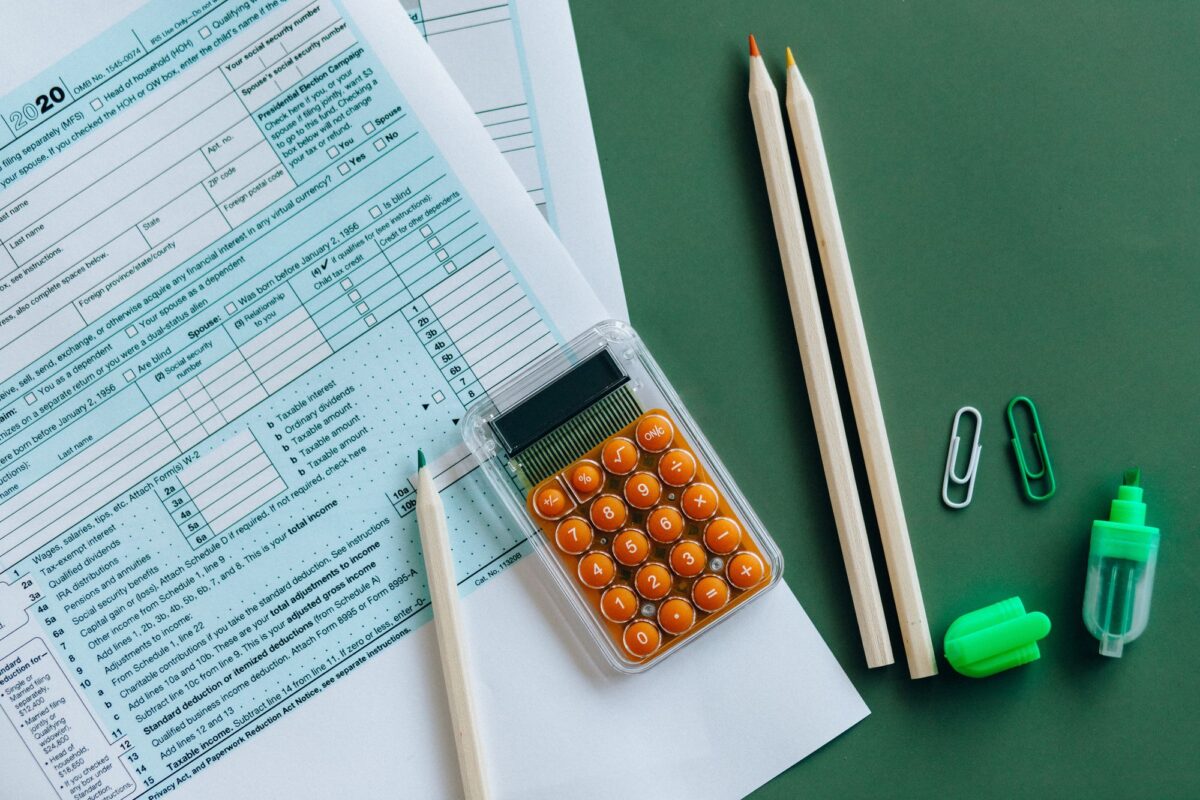
Today we have a very interesting topic that we want to share with you, and we think that special attention should be paid to all those who plan to make any investment in real estate.
So if you belong to this group, we strongly recommend that you take a few minutes of your time and read this guide, as you will be able to find many useful tips and they will save you from going to your accountant.
What is it about? It is about tax depreciation. Surely you have heard this term many times before, as well as many other terms related to it, but either you had no one to ask to clarify the term a little more, or you felt ashamed because you do not know what it means.
But no worries, there is no prejudice here and we will not judge anyone because they do not know what tax depreciation means. And our goal today is to explain a little more about this term and what it exactly means, as well as how to manage to express the property tax depreciation yourself and much more.
What is tax depreciation?

Surely no one has explained to you in detail what this jargon is and how it is implemented. Therefore, our task today is to explain to you what it is about and how to use the advantage of tax depreciation if you are in the sector of investing in property.
Let’s first see what the term depreciation means. Depreciation is the damage that happens to an object due to its use for a longer period of time. Let’s take a very simple example. You are buying a brand new car.
That car has its value, ie in exchange for it, you have to pay a certain amount of money. As you begin to use the car to travel to work or some more remote locations, its value will become smaller and smaller over the years of its use, and over the years.
And if you want to sell the car, because it is an outdated model, and because it is used and worn, it will have a significantly lower market value than the one after which it was purchased. In the world of finance and accounting, this is called depreciation, or the loss of value of an item or service as it expires.
How the tax comes into play when it comes to property. Although your income will remain the same, you can reduce the tax by the depreciation itself. Or you can refund the tax you paid on the depreciation value.
Depreciation classification

When it comes to investing in real estate, there are two types of depreciation you can claim.
The first is Division 40 better known as plant and equipment. All items that are motorized and that can be moved are classified here.
Items such as refrigerators, stoves, light bulbs, and even carpets may belong here. Those who own the property can claim a tax deduction for the depreciation value of these items.
The second classification is called Division 43 better known as capital works. This includes all things in the property that can not be moved or are not motorized such as walls, ceiling, driveway, and so on.
You are probably wondering if you can calculate the depreciation of the property you own. Of course, yes, but you will certainly need help from either an accountant or a person who works and has knowledge in this field. You will need two calculation methods to calculate tax depreciation for items in Division 40 and Division 43.
The methods that can be used are the prime cost and the diminishing value method.
How to calculate tax depreciation with the first method.
Very easy, with the following formula
Cost of the asset x (days held ÷ 365) x (100% ÷ asset’s effective life).
So, let’s take an example. Let’s say the value of an asset would be $ 30,000 and we can use that asset in the next ten years, then the formula would be:
$ 30,000 x (365 ÷ 365) x 10% = $ 3,000
This means that each year you use the item, you can claim $ 3,000 a year.

If we want to apply the second method, we would use the following formula. Just keep in mind that this formula can only be used for assets that belong to the group of assets in Division 40. The formula is:
Base value x (days held ÷ 365) x (200% ÷ asset’s effective life)
If the item is worth $ 30,000 and we plan to use it in the next 10 years, the formula would be:
$ 30,000 x (365 ÷ 365) x (200% ÷ 10) = $ 30,000 x 20% = $ 6,000
This means that the depreciation for the item in the first year would be $ 6,000.
It is characteristic of this method that the depreciation is lower every year. If we now want to calculate the depreciation for the next year from the base value, we need to subtract the depreciation value. So, $ 30,000 is our base value minus $ 6,000 depreciation, we get $ 24,000. For the second year of using the asset the depreciation would be:
$ 24,000 x (365 ÷ 365) x (200% ÷ 10) = $ 24,000 x 20% = $ 4800.
The depreciation calculations will continue until the final value of the asset reaches zero.
I hope that now it is a little clearer to you what it is and how the tax depreciation is calculated. If you would like to learn more about this topic, we suggest you visit Capital Claims.

At this link, you will find a lot of useful information, as well as additional tips on how to maximize your tax deductions for depreciation with a Capital Claims depreciation schedule. That’s why we suggest you run the website and read everything about this topic.
However, we would recommend that you leave the math to the professionals, and let them do their job as best they can. You can contact the this team at any time, and find out how much depreciation you could be claiming.







